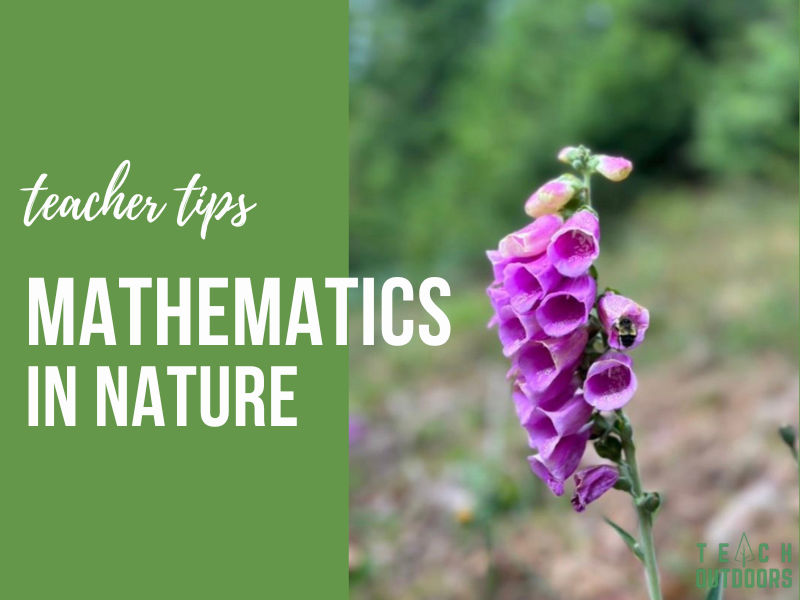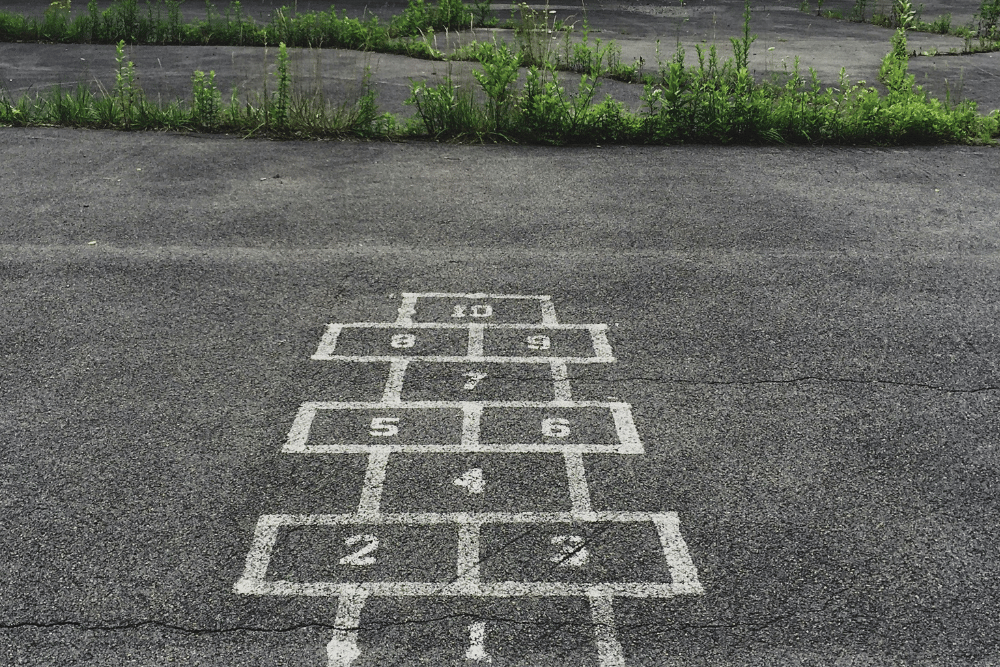Transcript from the “Teacher Approved Tips” Podcast
Hi everyone, I’m Lauren MacLean. I’m a grade 2/3 teacher, part-time outdoor learning
consultant, host of the Teach Outdoors podcast, and author of the bestselling children’s picture
book Me and My Sit Spot.
My “Teacher Tip” is how to get outdoors and find mathematical connections in nature.
First, to address the elephant in the room – or elephant in the forest…It doesn’t matter if you
have a green belt or are surrounded by a concrete jungle. You don’t need to know the names of
all the tree names and local birds. I believe it’s about being committed to spending time
outside, observing, noticing, and listening to what your learners are interested in.
At the beginning of the year, I teach outdoor routines the same way I teach indoor routines.
Step by step. One at a time. With visuals. And lots of repetition. We also co-create a classroom
charter and we do the same for our outdoor classroom. We ask ourselves: how do we want to
feel and act in these spaces. Once we have routines in place for being outdoors safely and
calmly, then we can begin to find ways of connecting our experiences to the curriculum.
For my teacher tip, I think it would be all too easy to just list some of my favourite outdoor
math activities – however, I’m not sure if that has the same impact as talking about what
outdoor routines help support numeracy. Think of the indoor routines that you explicitly teach
at the beginning of school, like how to line up at the door, washing hands for snack.
The 3 outdoor routines I am going to talk about are: Nature walks, circle reflections, and journaling.
And of course I’ll end with some “nature management” ideas, similar to classroom
management tips.

Three Outdoor Routines for Teachers Teaching Math Outdoors
#1 Nature walks
When we start going on daily nature walks, we usually follow the same route for about a week.
This allows us to get into a routine, and practice different things each day without the
distractions of a new space. We walk calmly, we stop a lot to discuss observations and ask
wonder questions. Some days we go for a walk with no specific intention, other days we have a
prompt we want to focus on –like, I wonder how rain changes the way we see our land? Then
we can begin having a more mathematical focus on our nature walks. We can count and
compare the number of birds flying overhead versus the number of birds we see in the trees. As
we walk, we can stop to estimate how many steps it will take to get to the Hemlock tree. We
can look for and identify different shapes in nature like circles in a tree trunk or triangles in
mountains. Most recently, on our nature walks we have been doing a lot of data collection. For
instance, we had the focus to look for and count the number of purple flowers and then
created graphs and charts to display the data collected during the nature walk.
#2 Circle reflections
At the end of our nature walks, we always end up at the grass soccer field to gather in a circle.
This is when we pass around a nature item, like a pinecone, as a talking piece. Whoever is
holding the talking piece may share their observations and questions or they may pass along to
the next friend – no one is forced to share but we are all expected to listen respectfully when
we are not holding the talking piece. Our circle reflections allow us to dig a bit deeper into any
mathematical topic we may be focusing on. Last week, we were chatting about measurement in
relation to the new growth we were observing in our garden beds. During circle, our
conversation naturally shifted to a new math focus – patterning. The students had observed the
tomato plants have an alternate growth pattern. They wondered how many other plants had a
similar pattern.
#3 Journaling
After our circle discussions we usually move onto some sort of activity. And then I try to end
each outdoor learning session with a way for the students to document their learning – which
helps keep them accountable. This might be making something with natural loose parts (which
is anything that has already fallen to the ground, we never pick things that are still growing out
of respect) or students could use a blank nature journal to draw and write their reflections. I
find this a wonderful, open-ended way for students to document their mathematical thinking.
I find having these 3 simple nature routines in place helps us dive into any mathematical
concept with ease. They allow us to uncover and discover numeracy and students begin to
understand how math and the natural world are connected.
Ok, I quickly wanted to end with two of my favourite Nature Management strategies.
#1 – Have a common gathering place.
We meet at a Western Red Cedar tree when we first head
outside, it’s where we gather in-between activities, and where I leave my teacher bag of field
guides and Band-Aids.
#2 – Coyote Howl
I use a coyote howl to get the students to return to me. And we practice this repeatedly at
the beginning of the year. The students are off doing their scavenger hunts, but I want them to
come back to the gathering cedar tree, I do my coyote howl, and the students walk back slowly
and calmly.
Free Downloads:
1. Math Nature Walks.
It’s like going on a Story Walk but with a math focus! Print off the
prompts, post them around your route, stop, discuss, and play!
2. Nature Math Activities
Short but simple activities! Print one for each learner, go outside and have fun exploring!
You can purchase Me and My Sit Spot here.


